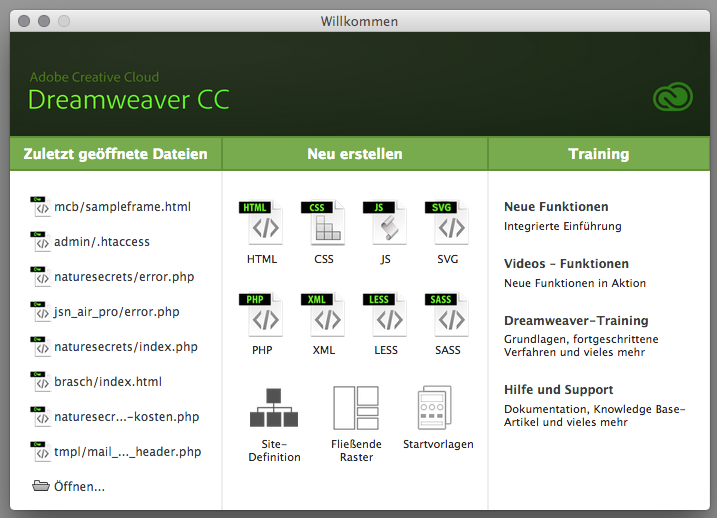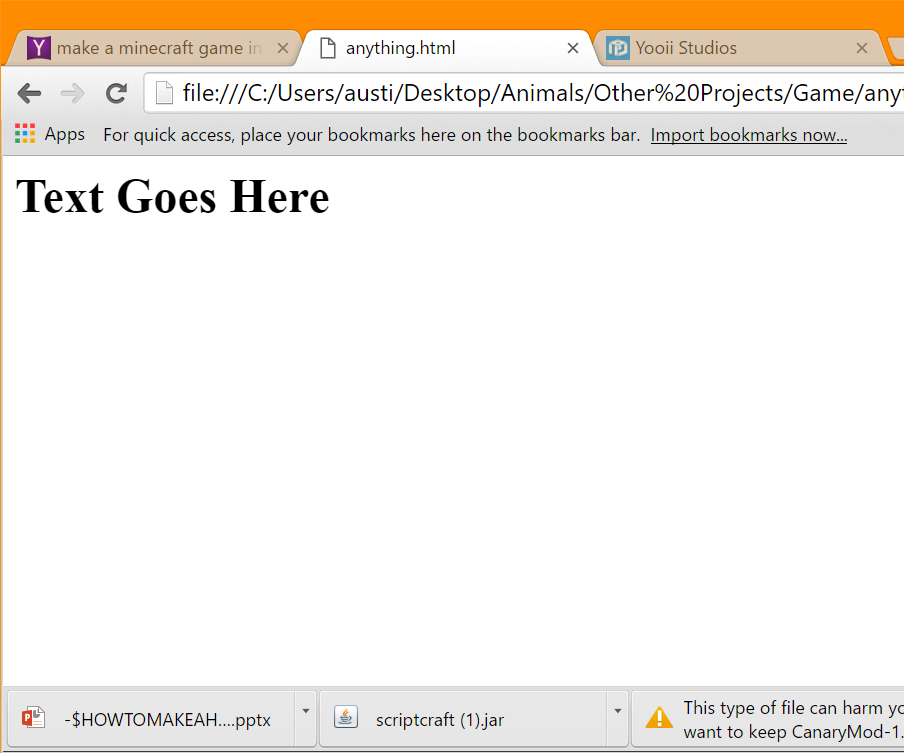New Mac users may not know about TextEdit, a simple but deep text editing and word processing tool that comes with your Mac. You can use TextEdit to create documents in cases when a full word processor like Pages or Microsoft Word isn't necessary. TextEdit has two modes: plain text and rich text. You can use the first for writing, notes and coding. How to edit HTML on TextEdit for Mac I’m always switching back and forth between my PC and Mac. One of the things I love about PC when editing websites is that Notepad defaults to plain text, there isn’t any formatting or anything that will mess up your code.
TextEdit is a word processor/text editor in Mac OS X Leopard that you can use to create documents, write letters, scribble notes, or open Read Me files. Although TextEdit isn’t as sophisticated as Microsoft Word (or even AppleWorks or Pages), you can definitely use the OS X TextEdit for light word processing and text editing. It’s capable of doing some (but not much) text formatting and can even check your spelling.
When you launch TextEdit, a blank, untitled document should appear on your screen. If one doesn’t, choose File –> New or use the shortcut Command+N. Before you begin work on any document, you should save it to your hard drive by choosing File –> Save or using the shortcut Command+S.
As you work with the document, it’s a good idea to save it every few minutes, just in case. After you’ve named a file, all you need to do to save its current state is choose File –> Save or use the shortcut Command+S.

Now begin typing your text. When you type text in a word processor, you should know a couple of things:
- Press the Return (or Enter) key only when you reach the end of a paragraph.

- You don’t need to press Return at the end of a line of text — the program automatically wraps your text to the next line, keeping things neat and tidy.
- Type a single space after the punctuation mark at the end of a sentence, regardless of what your typing teacher might have told you.
- Word processors and typewriters aren’t the same. With a typewriter, you want two spaces at the end of a sentence; with a word processor, you don’t. (Typewriters use
fixed-width
- fonts; computers mostly use fonts with variable widths. If you put two spaces at the end of a sentence in a computer-generated document, the gap looks too wide.)


- Limit most documents to a maximum of two different fonts.
- Mac OS X offers you a wide selection of fonts, but that doesn’t mean you have to use them all in one document.

To put certain characters in your TextEdit document, choose Edit –> Special Characters (shortcut: Command+Option+T). This command opens the Character Palette, where you can choose special characters such as mathematical symbols, arrows, ornaments, stars, accented Latin characters, and so on. To insert a character into your document at the insertion point, simply click it and then click the Insert button.
TextEdit supports images, too. Just copy an image from another program and paste it into a TextEdit document. Or you can use drag-and-drop to put an image into a TextEdit document from many applications.
TextEdit can even open Microsoft Word documents (.doc files). This is fabulous if you don’t happen to have a copy of Microsoft Word on your hard drive. Neat!
.htm files are text only (no images). What you are getting confused about is the fact there are some web archive formats that save documents as they appear on the internet from your web browser. Unfortunately those formatted files themselves are only interchangeable between browsers of the same version.
Textedit Mac Html Not Working
If you want PC users to be able to see images of your website, get a webhosting server and host the images there, and upload the .htm files to the same server with references to those document. The jpegs are stand alone files that are referenced with the HTML IMG tag. To learn more about developing websites, see http://www.webmonkey.com/
Textedit For Mac Html Editor
May 1, 2011 11:25 AM
